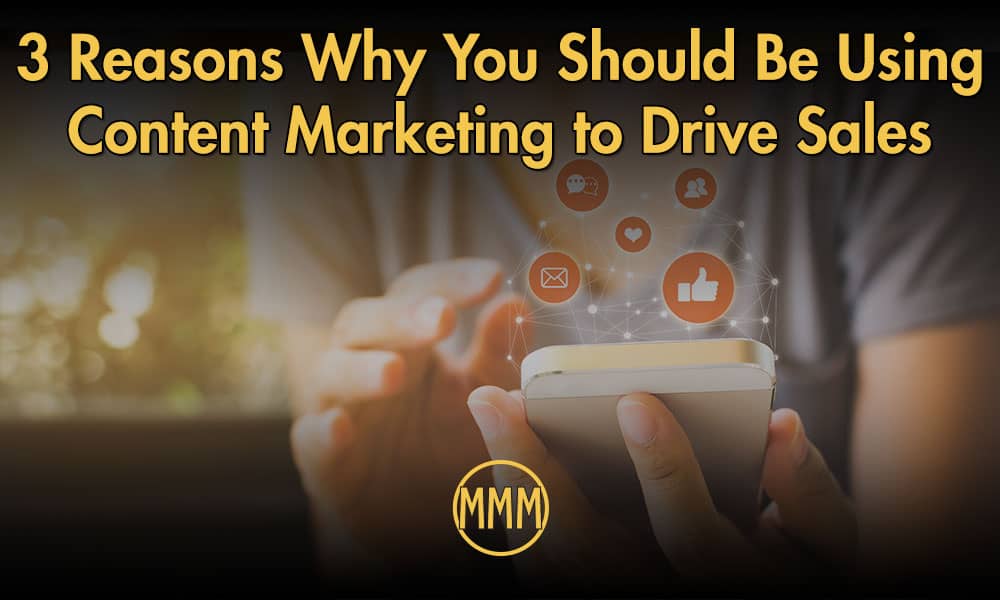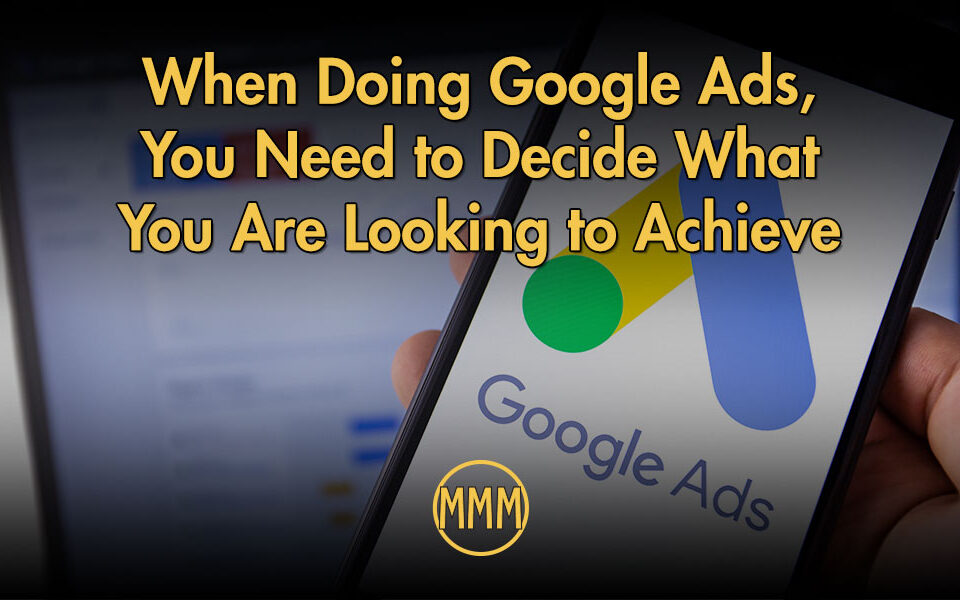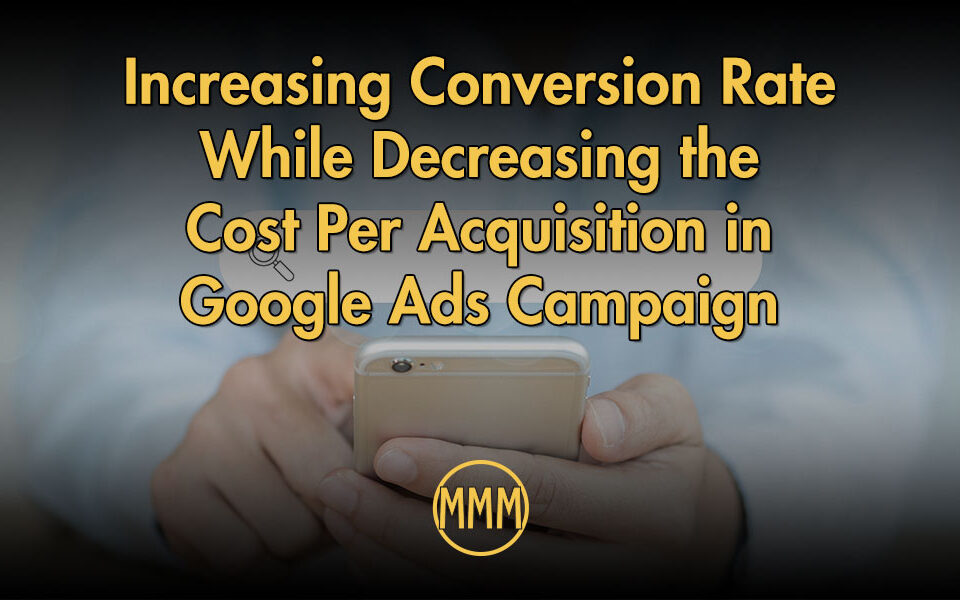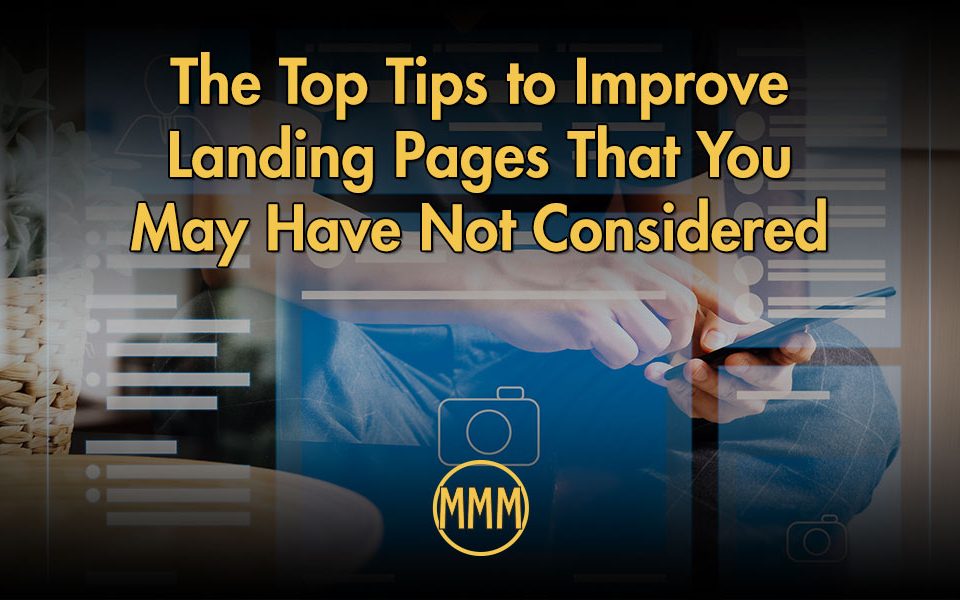
3 Reasons Why You Should Be Using Content Marketing to Drive Sales
August 24, 2020
From Obscurity to $40,000 in Sales in Three Months
November 12, 2020There are so many tools out there for eCommerce marketing for small businesses that it can seem overwhelming. Take heart. I put together a list of the minimum toolset you will need to make sure you can market and track your eCommerce efforts.
Google Analytics
Regardless of how your market your eCommerce business, you need a way to track visitors. Google Analytics is one of the best tools out there. It not only tracks visitors (which is a useless stat), it tracks how the visitors flow through your website. Tracking visitor flow is crucial because it is the first indication that something in your eCommerce funnel isn’t working.
I’ll give you an example. Let’s say that you get good traffic to your cart page and a respectable number continue to the checkout page. At that point, you see a significant drop off in traffic to the completion page. One problem could be that your shipping is out of line with others in your industry. Another reason is that you only offer PayPal as a payment option, which might be a turnoff for some. Unless you are tracking your traffic flow, you wouldn’t know what is and isn’t working.
Facebook Ad Account
Of all the social media platforms, I find that Facebook is the most effective of them all. It is the reason I recommend it first for all my eCommerce clients. You can run an effective campaign for minimal cost. In some cases, as little at $2.00 per day.
One of the most significant advantages of Facebook advertising is that you can target demographics easily. When you create your ad, you can choose the types of interests your audience may have. For example, if you are marketing a hair care product, you can target people interested in beauty or hair care products. You can target age groups or genders as well. You can, of course, target everyone, and it can still be budget-friendly. That is why I think Facebook advertising should play an essential role in your marketing. There are other ways, as well.
Google AdWords
I have a love, hate relationship with Google AdWords. It is the standard for pay per click advertising, but it can get expensive to advertise on the platform. I mention it because if you have a product that people will search to find, then Google AdWords is a must in your marketing toolkit. What do I mean by that? The example I use is an aspirin versus a vitamin product.
If your product is an aspirin, people need it immediately. They will do a Google search for it and base their decision on the search results. Google AdWords appear at the top of the search results (or at the bottom), giving advertisers an advantage.
Inversely, if your product is a vitamin or an impulse buy, you will have to convince them that it will make their lives better. They aren’t necessarily searching you out directly. Using Facebook advertising puts your ad in front of them in their feed while they are casually reading. They didn’t think they needed it until they saw your ad and impulsively click on it to find more information.
AdEspresso
Facebook’s ad platform is one of the best, but creating ads on the platform can be confusing if you are not familiar with the interface. AdEspresso makes it easy to create campaigns, view statistics all in an easy to understand interface.
One of the bonuses of using AdEspresso is that you can sync data from other sources, such as Google AdWords, Mailchimp, or a CRM like Hubspot. The advantage is you can see your overall marketing results in one place. It makes it easier to understand where your marketing dollars are going and where it is most effective.
Mailchimp (or similar email marketing platform)
With every purchase, you are building a list of customers and, hopefully, repeat customers. Having an email marketing platform like Mailchimp allows you to market efficiently to customers. Having the ability to send messages to your customers for sale items, updates, and new products is an essential part of staying top of mind. Many of these platforms integrate directly with your shopping cart and automatically add customers to a list after purchase.
Integration is Key
Other than the ad accounts, many different solutions do the same thing as Google Analytics, AdEspresso, and Mailchimp. I chose these because they easily integrate. What do I mean by integration? Integration means that they share their data between the different platforms.
Sharing the data allows you to make intelligent decisions on the effectiveness of a campaign. It also allows you to automate features like abandoned shopping cart emails, new customer emails, or list building. Integration saves you time in the long run.
These Tools are Only a Starting Point for eCommerce Marketing for Small Businesses
There are more sophisticated tools out there that do deep dives into data, create automated workflows, and keep track of customers, but for a small business just getting started, that can be a bit overkill. Once you start building a customer base, these advanced tools may be necessary. However, to get started, you only need an ad account, communication, and tracking tools.
The critical thing to remember is not to get so focused on the technology that you lose focus on messaging and effective ad campaigns. I’ve made things work with Facebook Ads, Google Analytics, and nothing else. All the tools in the world aren’t going to help you if your messaging is poor. The key is targeting the right audience with the right message.




